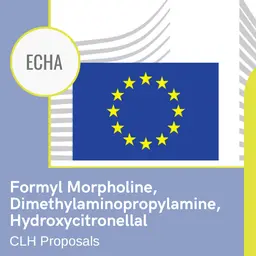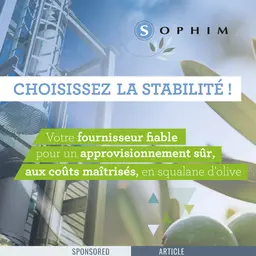
Animal tests are often referred to on labels, very often to emphasize the fact that no animal testing has been performed. Less often, the animal origin of ingredients, be they from living or dead animals, or from what they produce, is not mentioned. Nevertheless, they are quite common in the cosmetics we use every day.
The animal origin of an ingredient should be more precisely defined: production taken without any harm to the animal itself, and the raw materials from living or dead animals.
Production of animals
This refers to products or substances that animals produce as a natural process; they come under two types:
• Body production: they may be a kind of protective device, such as the lanolin extracted from sheep’s wool, or silk manufactured by the Bombyx silkworm as a cocoon, or needed for a species next generations, such as eggs or milk …
•
Products due to animal work:
they are manufactured by different species for their own needs. A beehive and its honey, its propolis or its royal jelly …
In cosmetics, these raw materials may be used unprocessed or as extracts: lactic acid (a
moisturizing
or exfoliating ingredient, depending on its concentration) from milk, lecithin (
emollient
and
emulsifying
) from eggs, etc.
Further, they may be processed to give other ingredients, milk, for instance, used to make yoghurts…
Extracts from animals
They are a part of the animal itself, and must be taken directly on it. Many fats widely used in cosmetics are animal fats.
Glycerin , a …













